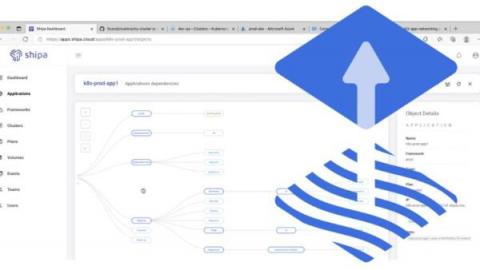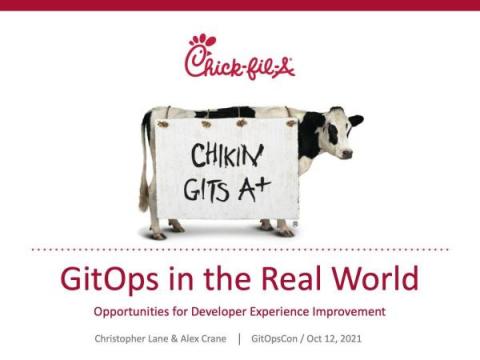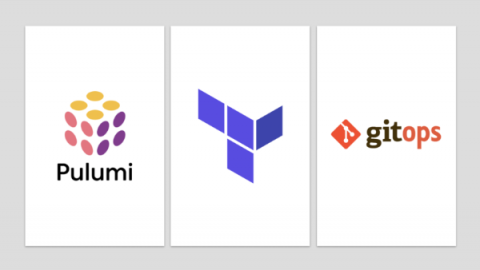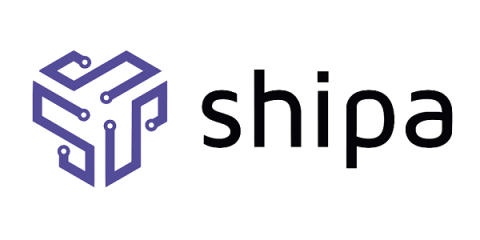Get GitOps Certified with Argo
Codefresh has recently launched a new certification program that offers organizations and the open-source community a fast track to learning GitOps and how you can apply it to new and existing applications and infrastructure. These certificates can be earned through 3 courses and a final exam.











